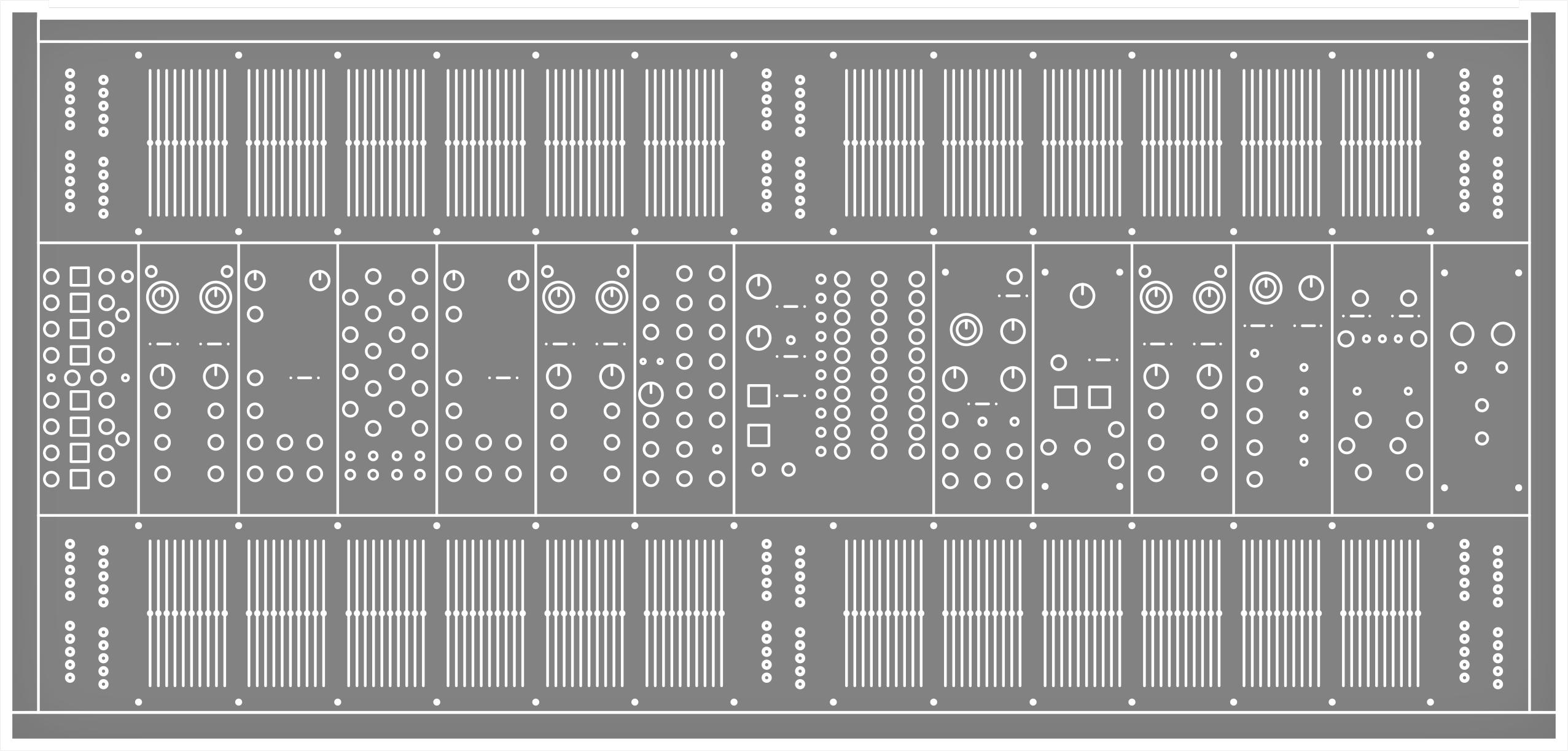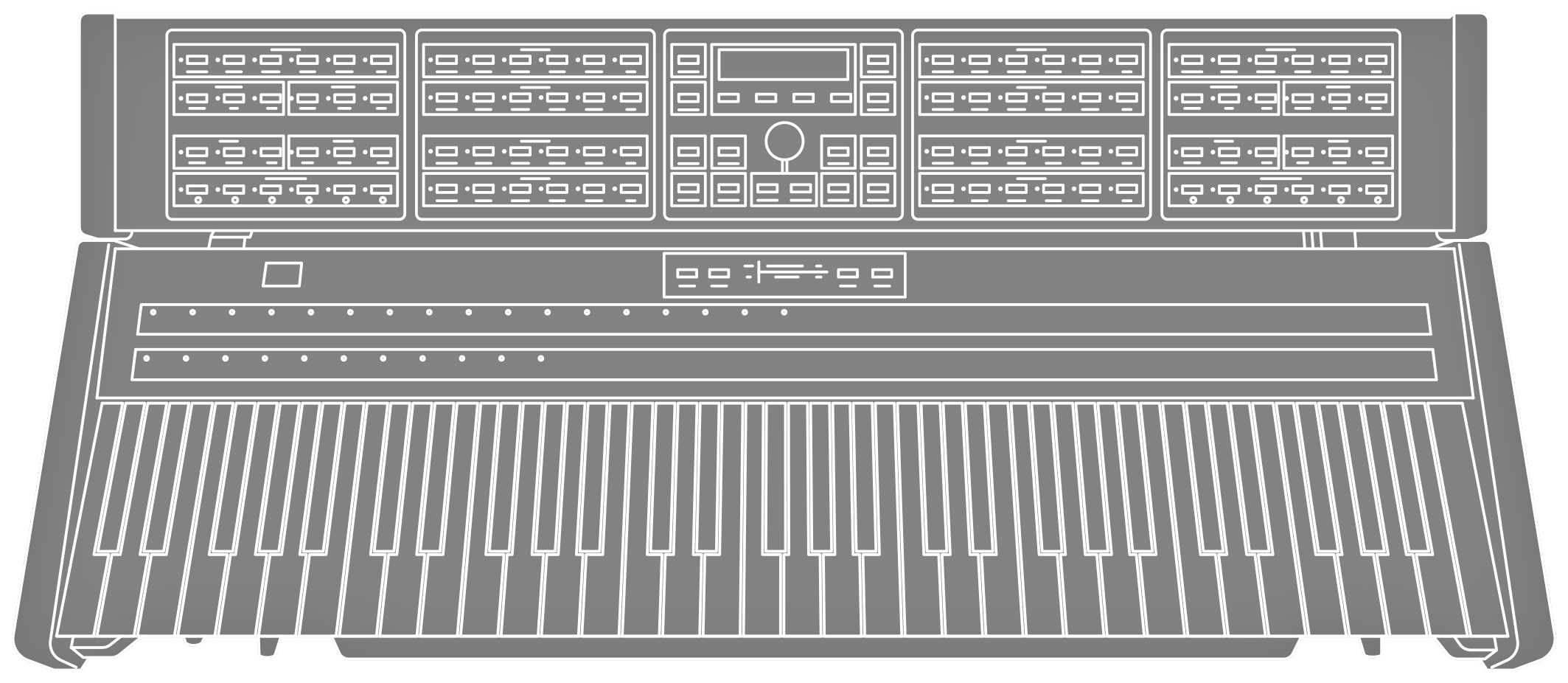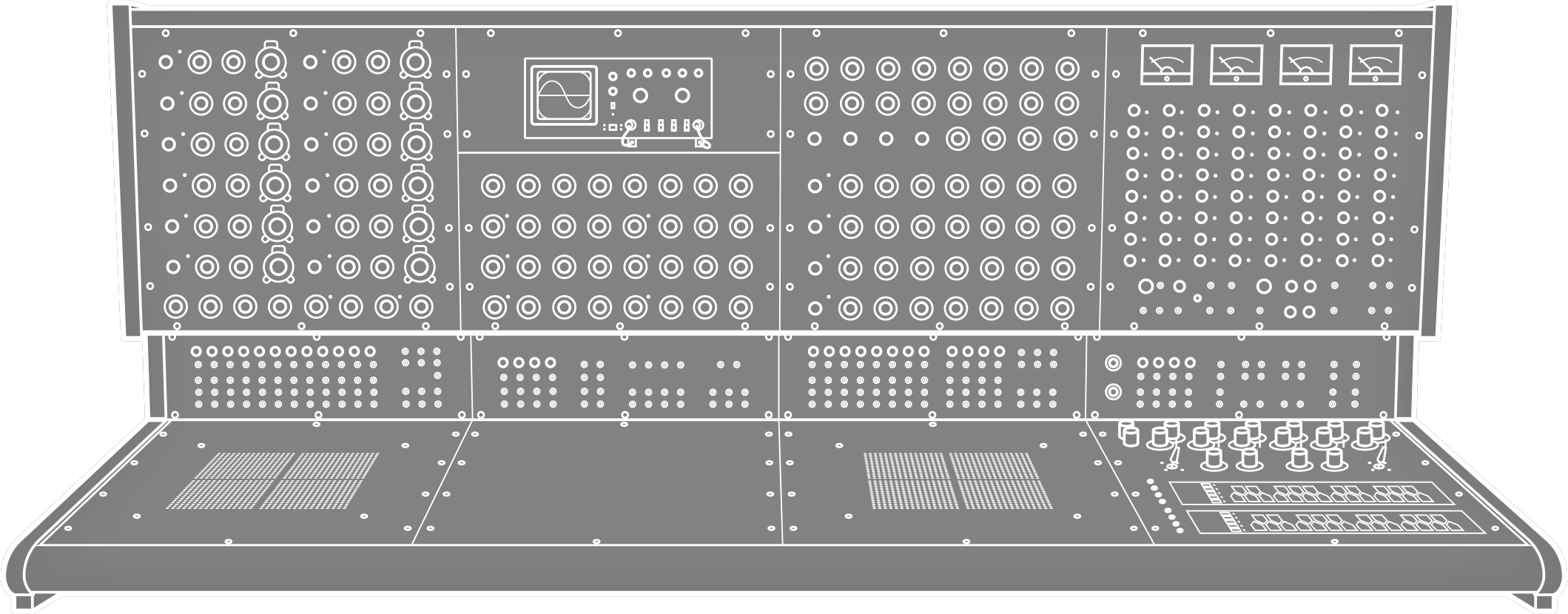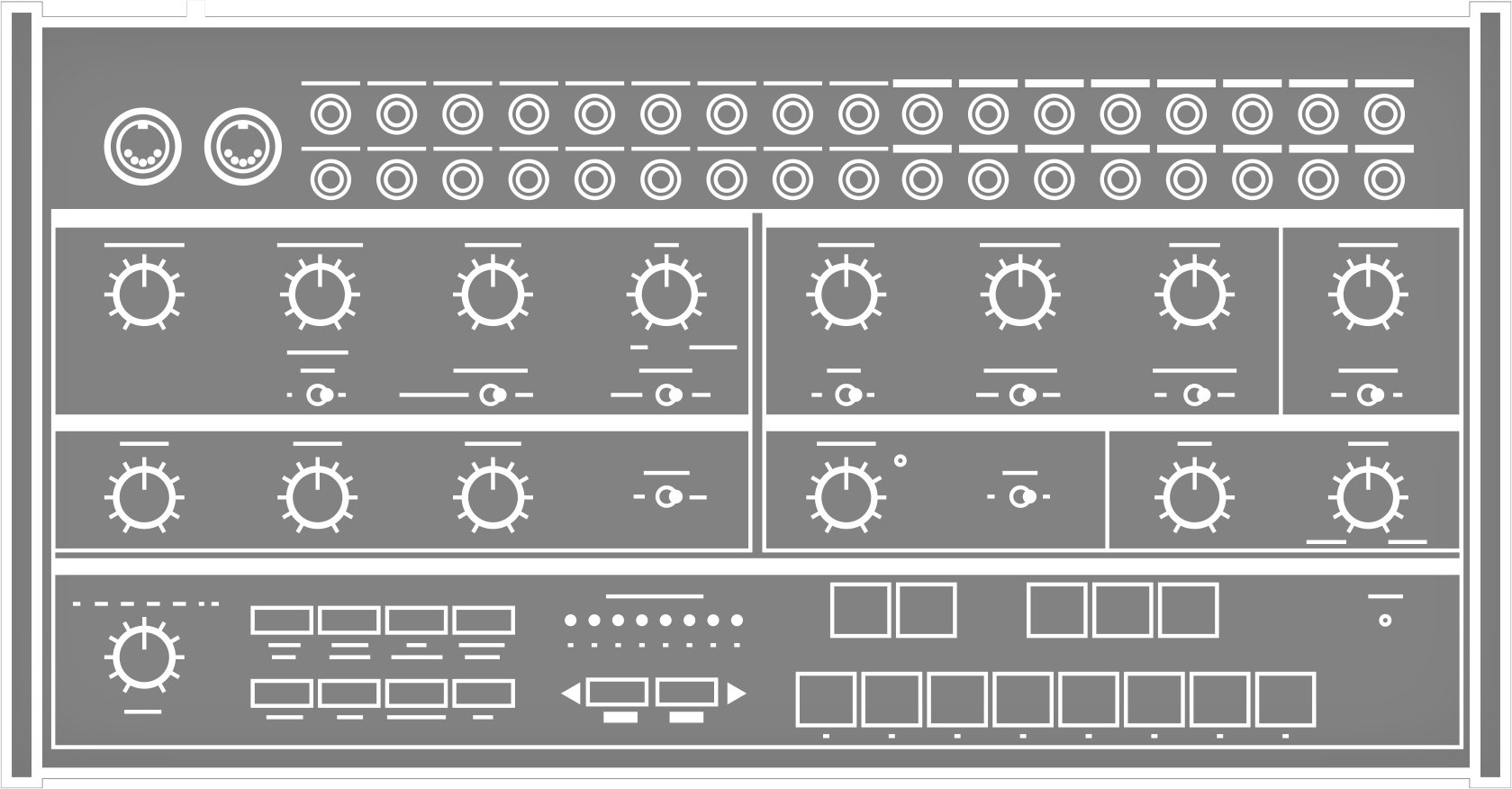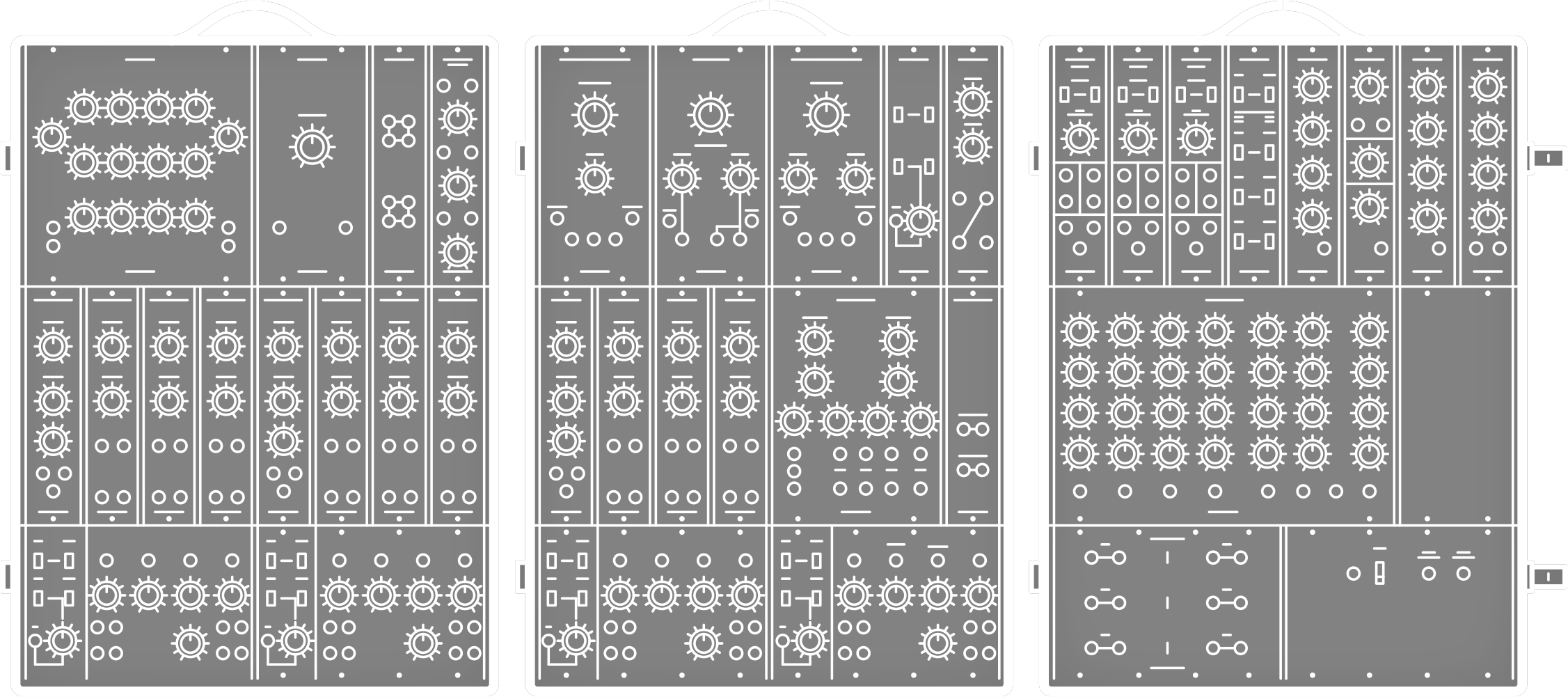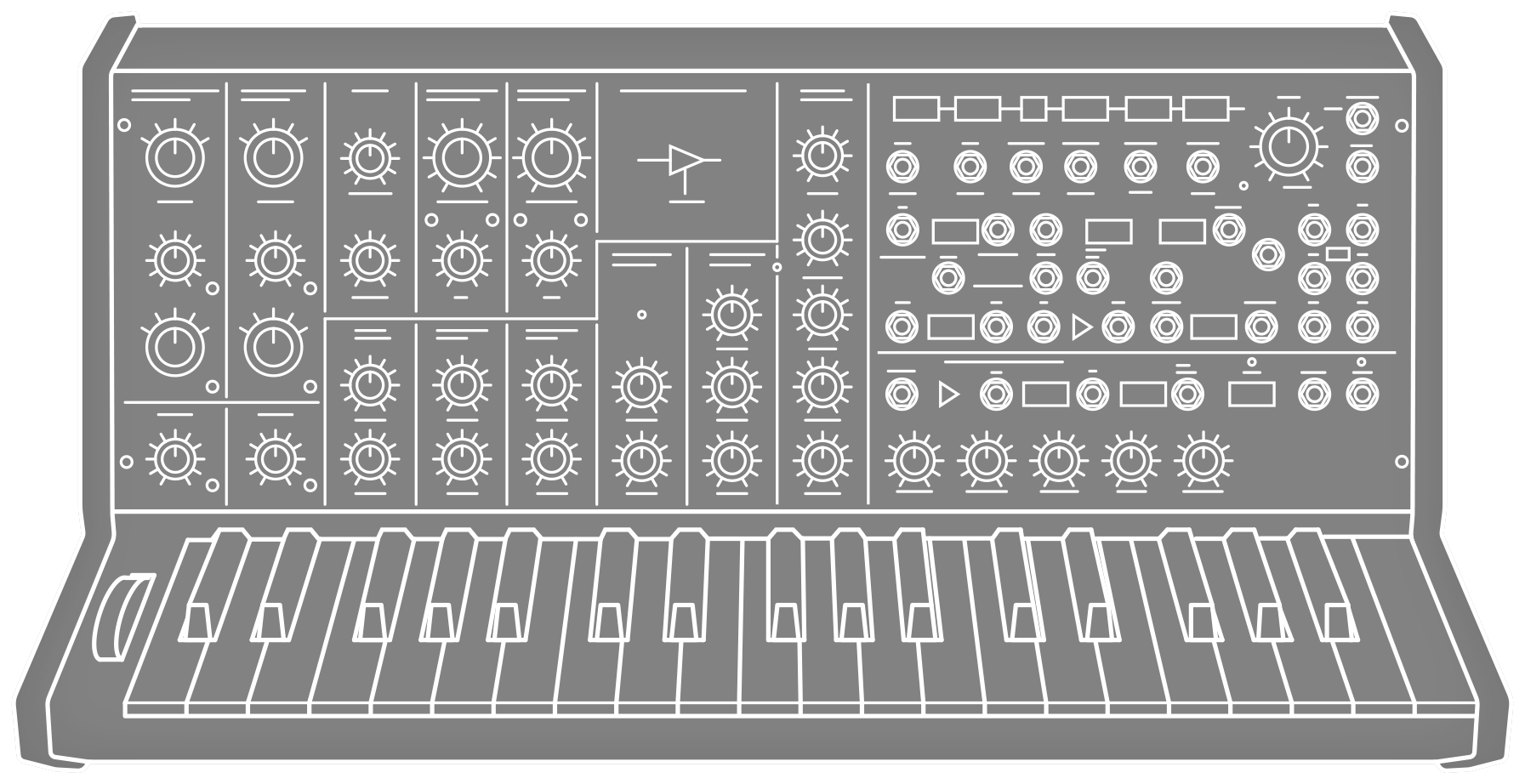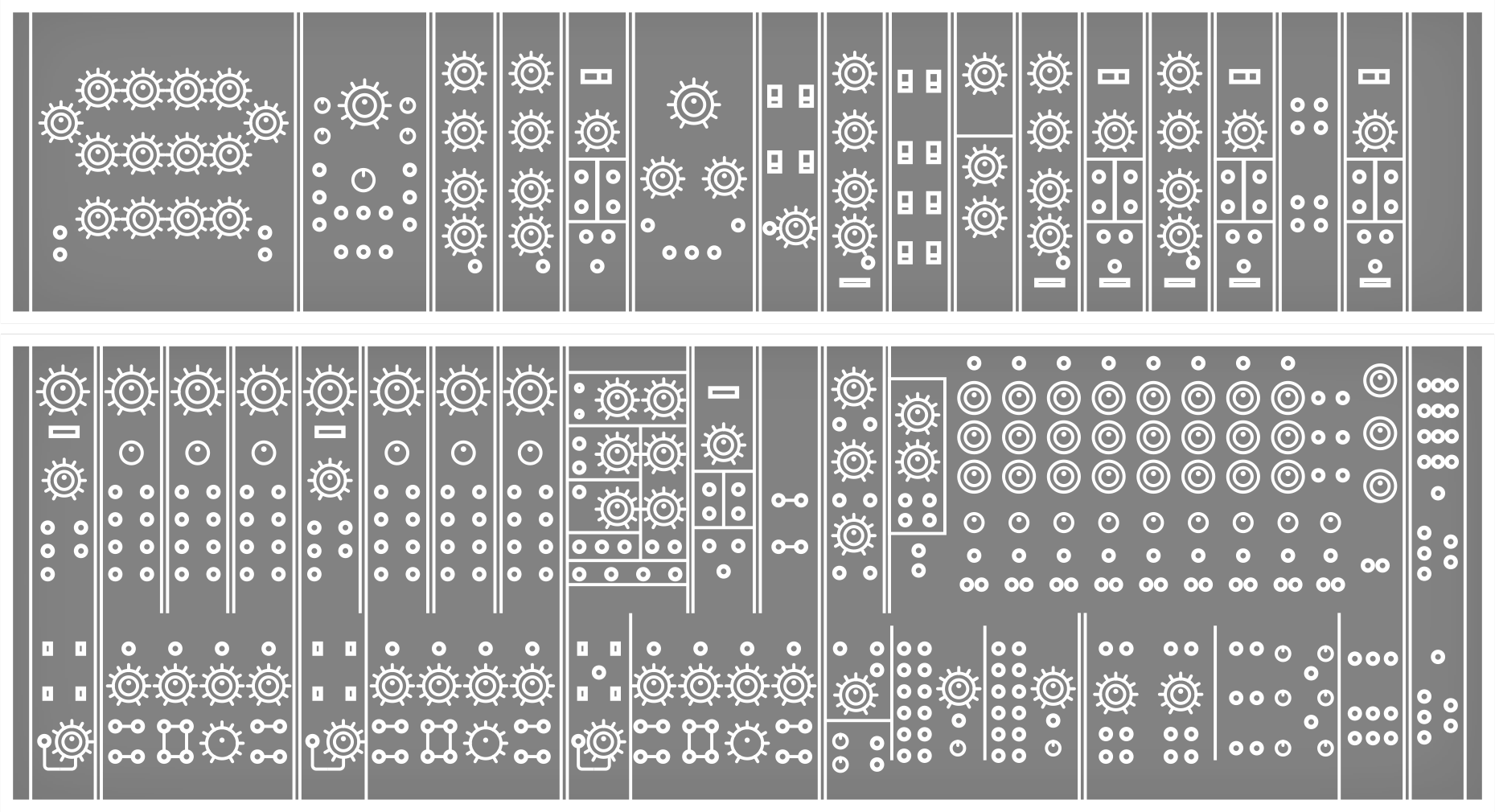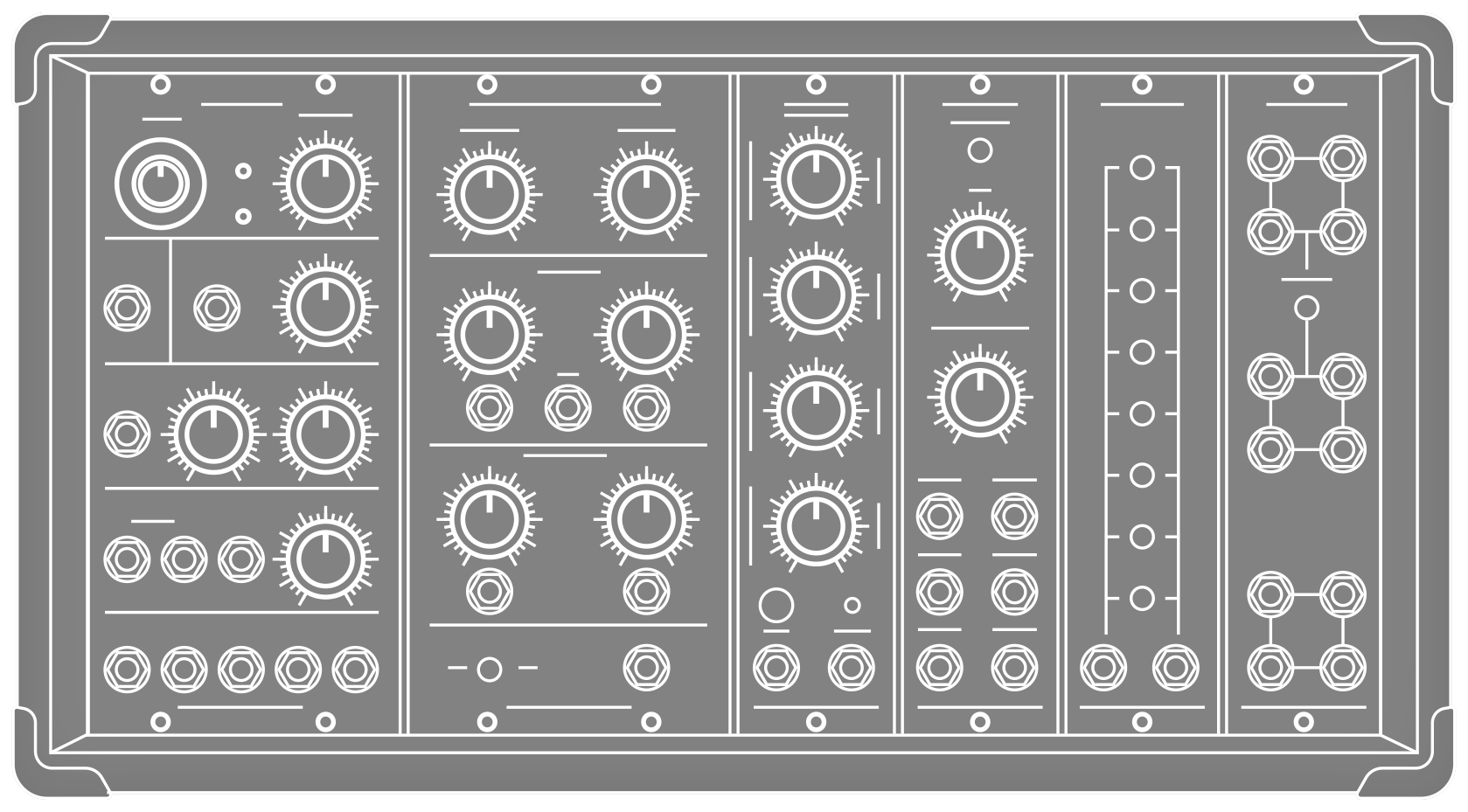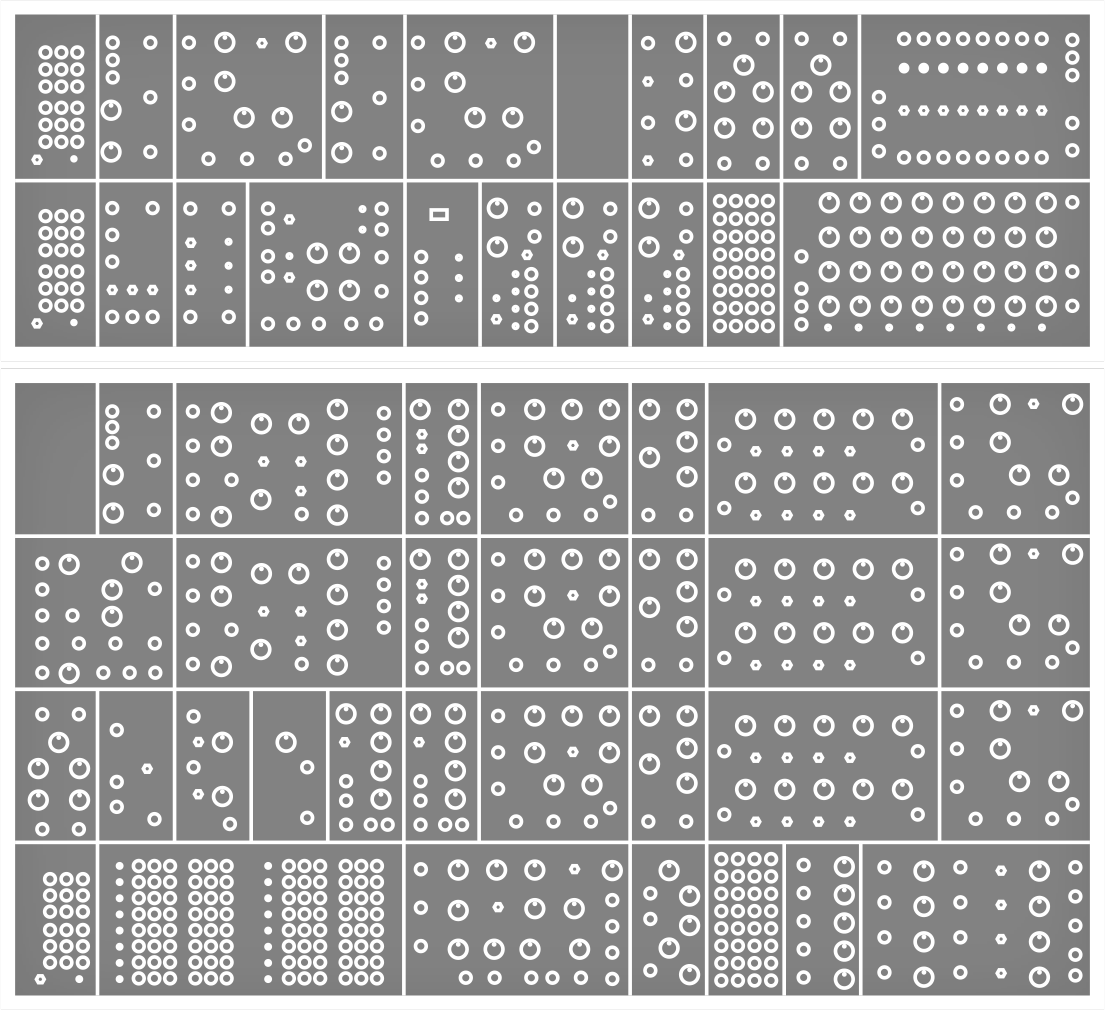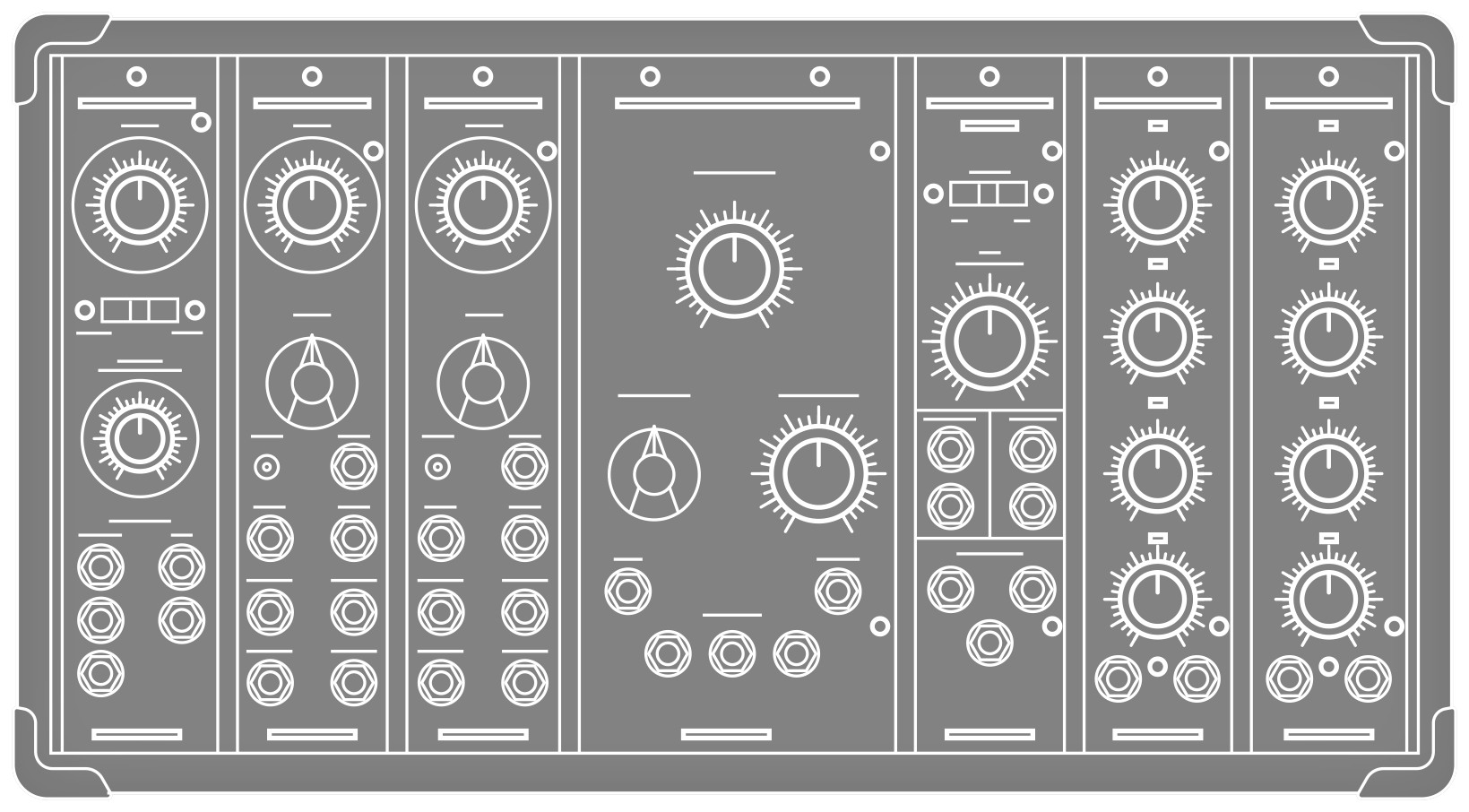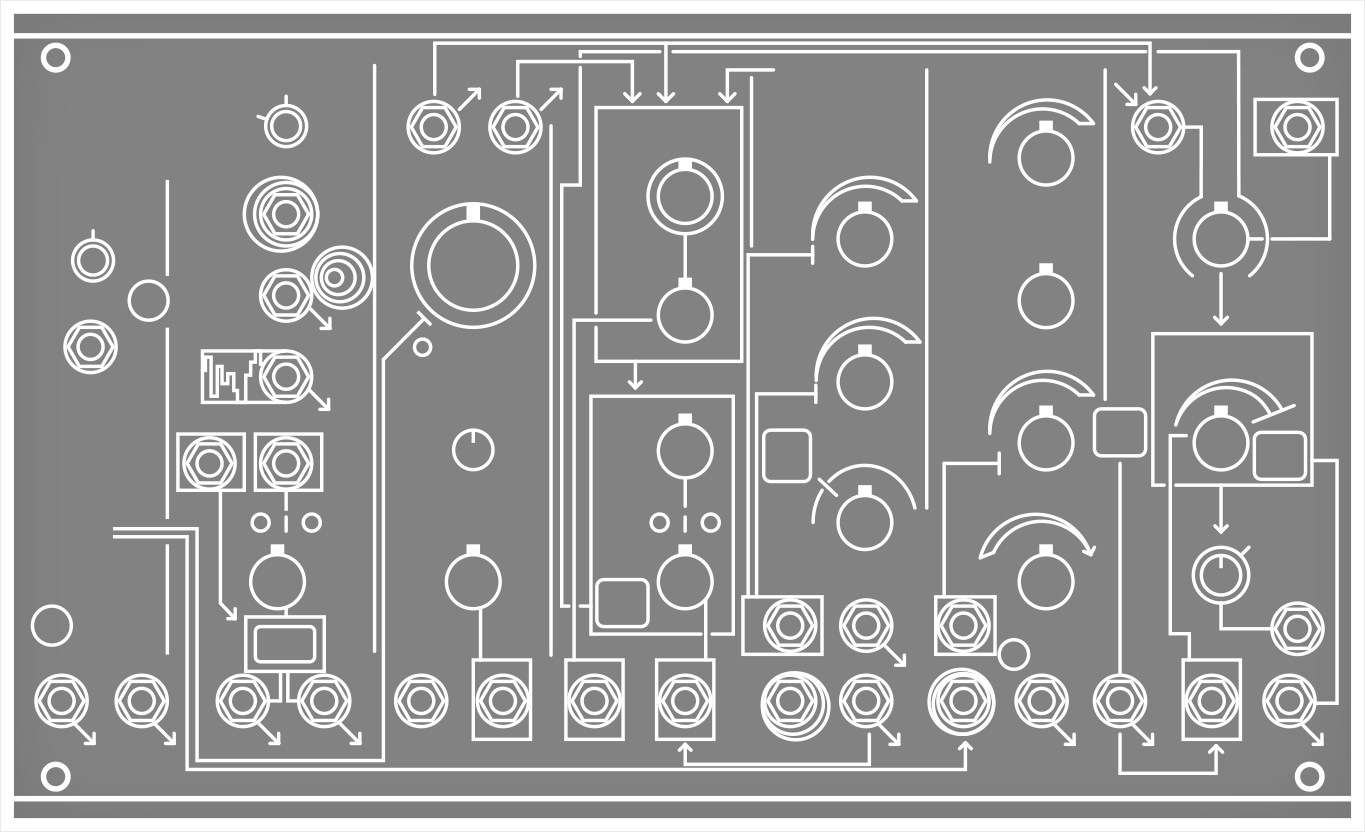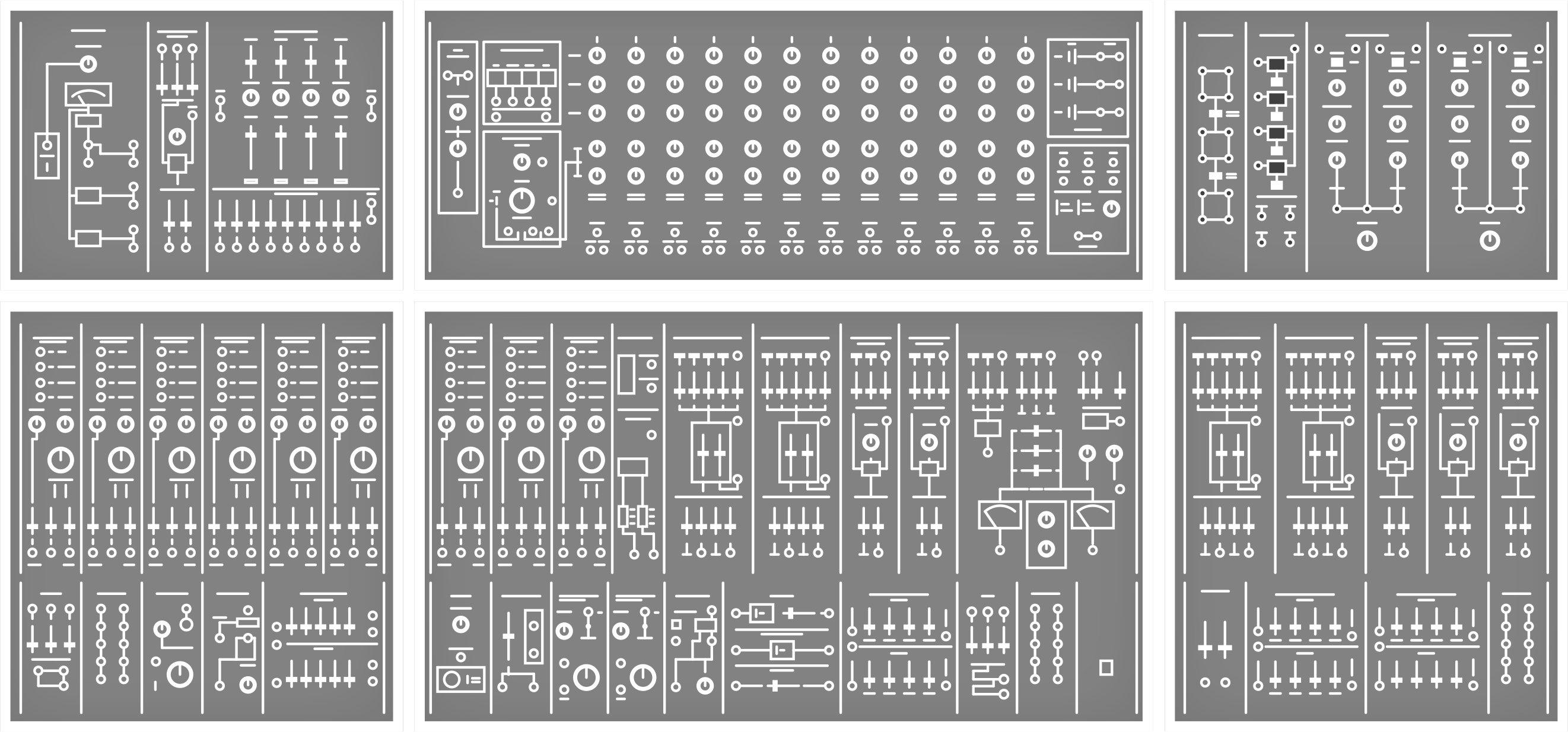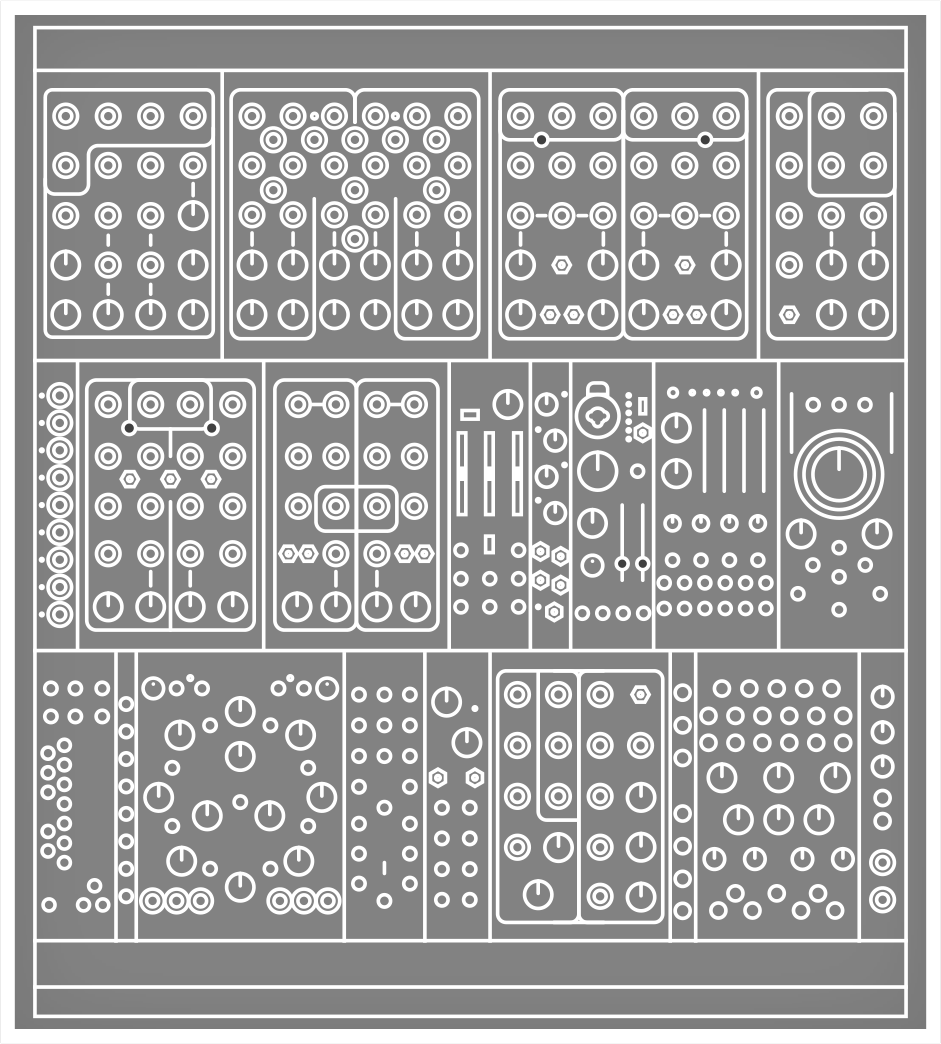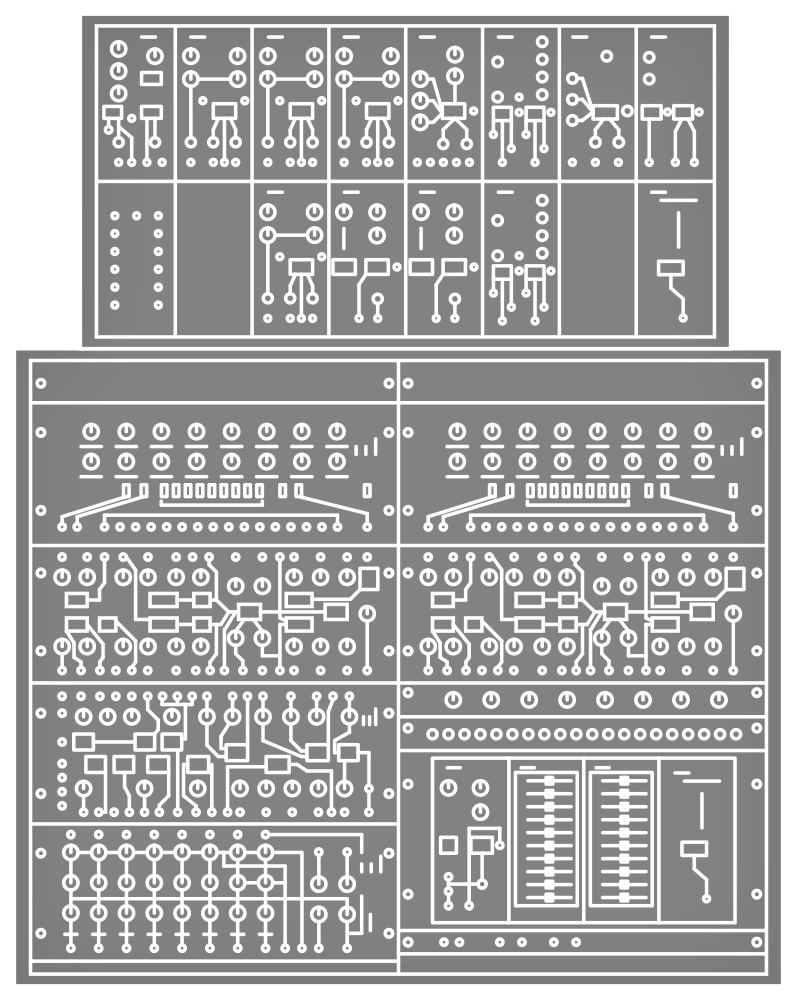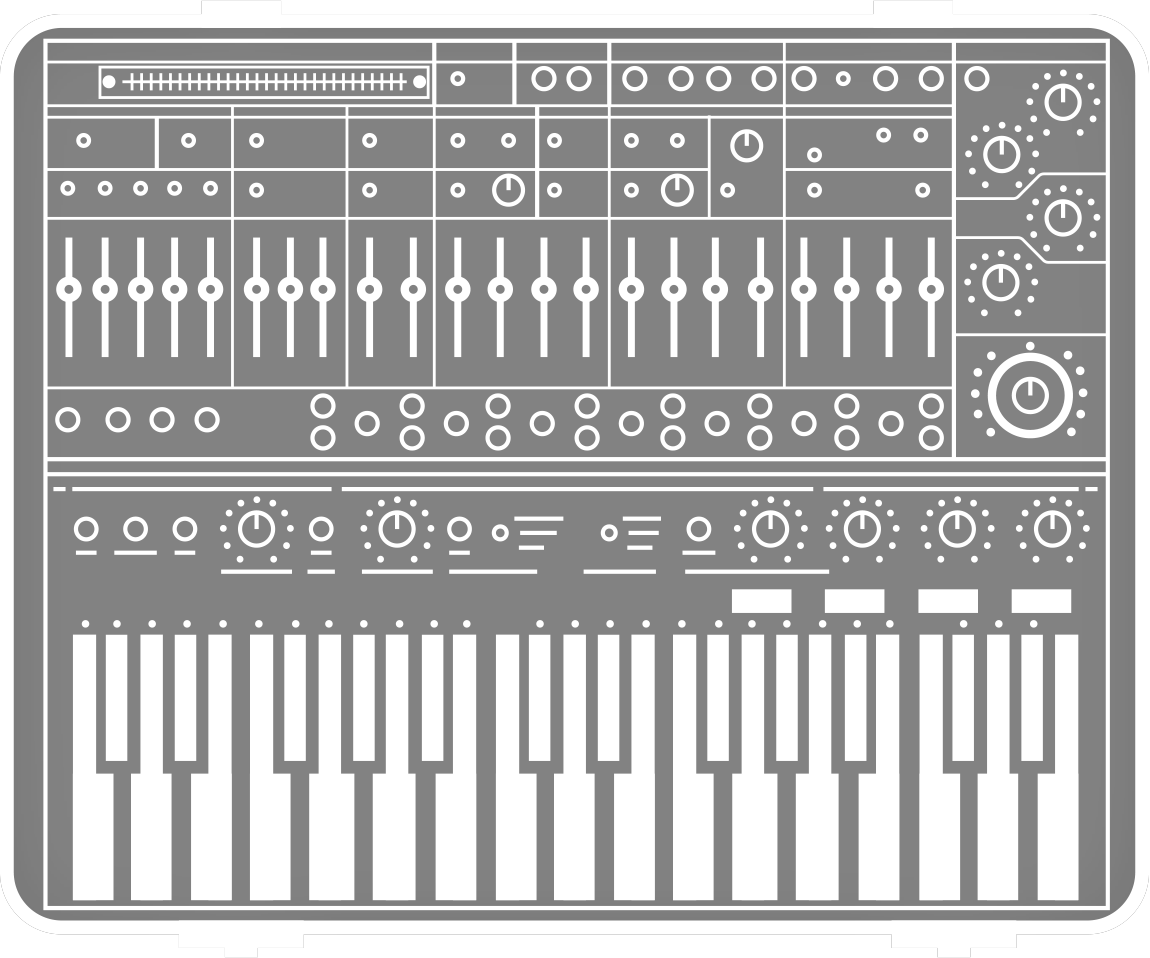

Modular synthesis stands as a cornerstone of electronic music innovation, revolutionizing sound creation with its modular approach to signal processing and synthesis architecture. The recent release of Quadra Modular embraces this rich heritage of modular synthesis, delivering the authentic raw sound of 30 iconic modular systems. The recording of these machines took our teams from the south of France, in one of France's largest synthesizer museums, to Rosen Sound in Los Angeles. In this new UVI Focus article, discover the story behind 6 of the rarest modular systems included in Quadra Modular.


When describing the physical requirements for setup, Analogue Solutions recommends that 2 people be available to lift it with yet a third person for ‘moral support’. Pete Townshend and Hans Zimmer round out the well known user base of this offering from Analogue Solutions.
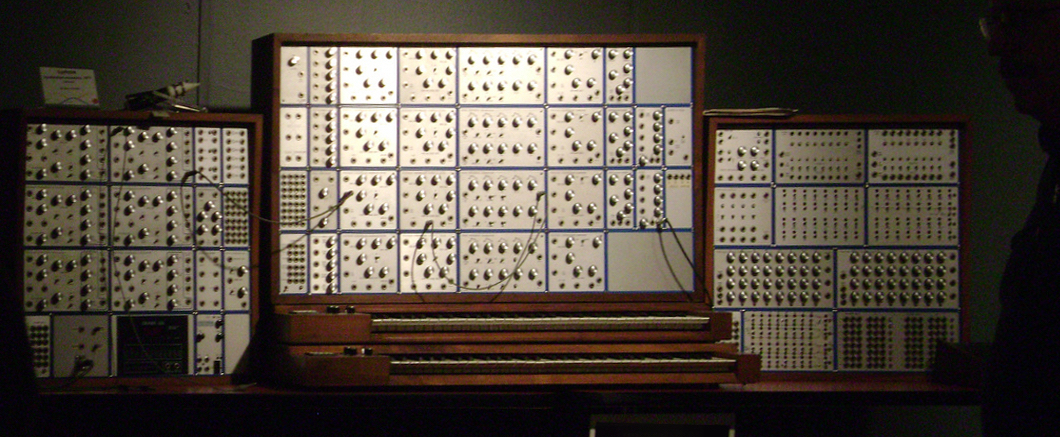
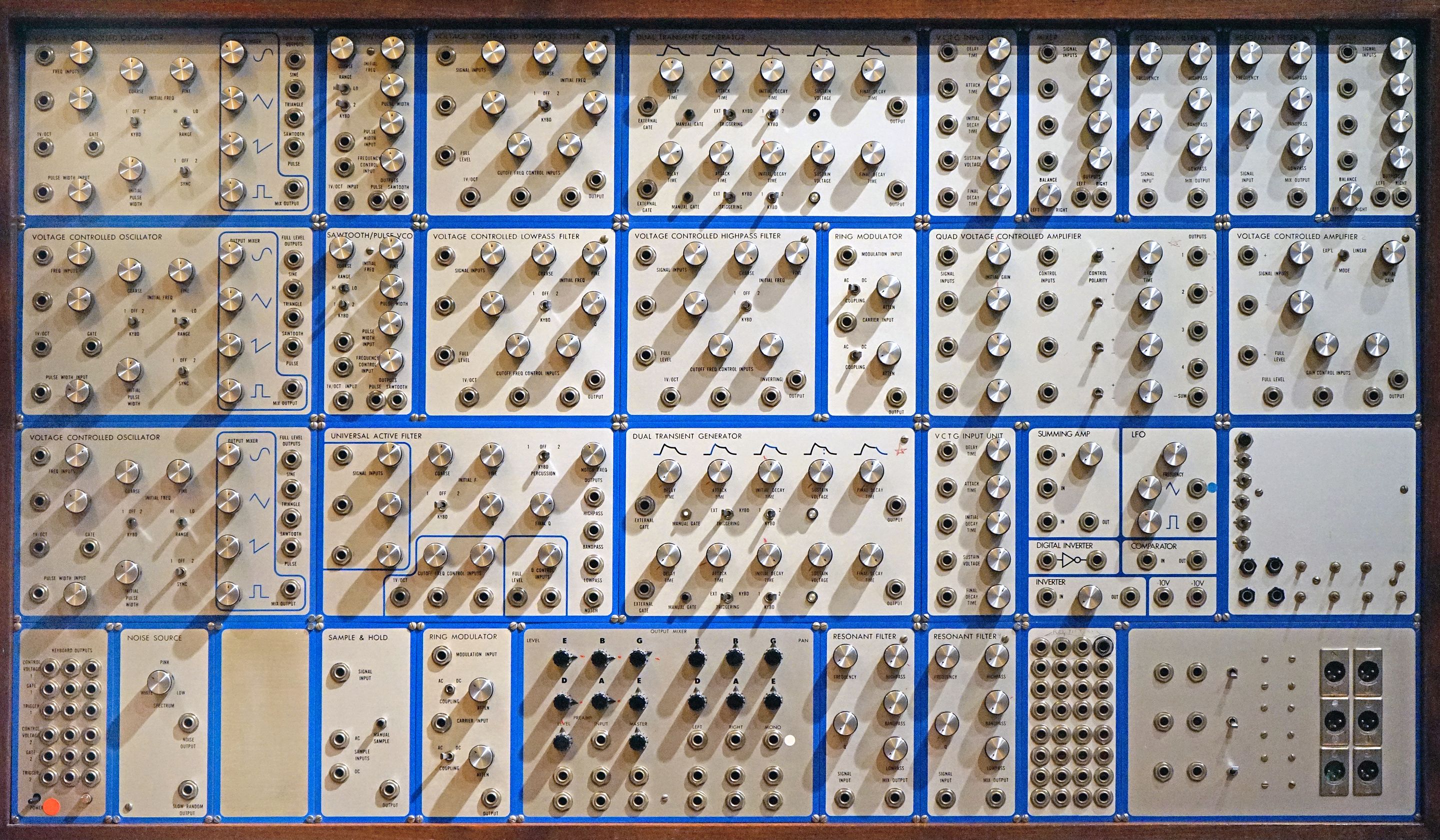

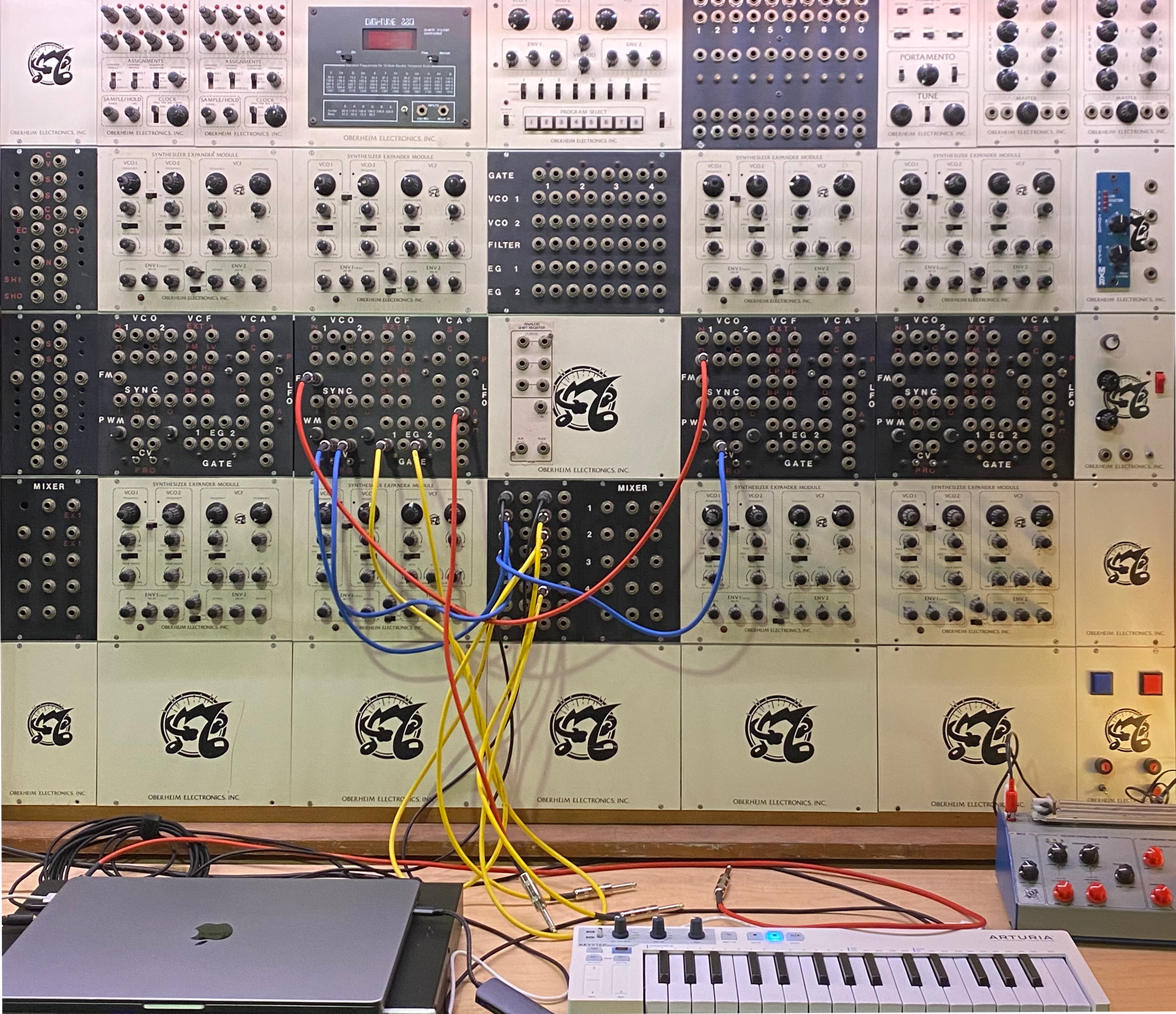
Eight voice polyphony with 16 VCOs, 16 ADR Envelope generators, and 8 filters was no easy feat during this time period! Programming each SEM individually could be a challenge, but the 8-voice setup included the Polyphonic Synthesizer Programmer, which allowed you to save sixteen patches per voice. Fortunately, UVI’s recreation makes saving your own configurations significantly easier!
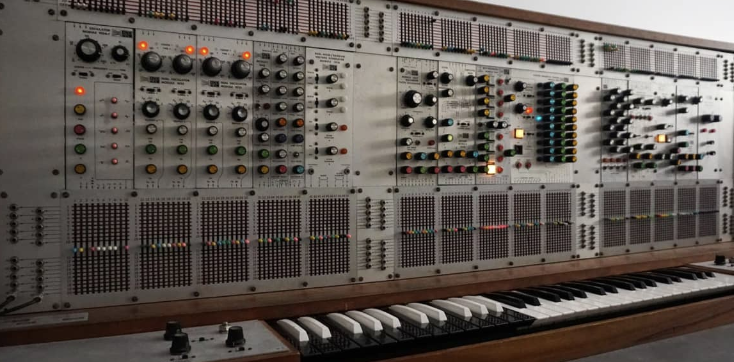
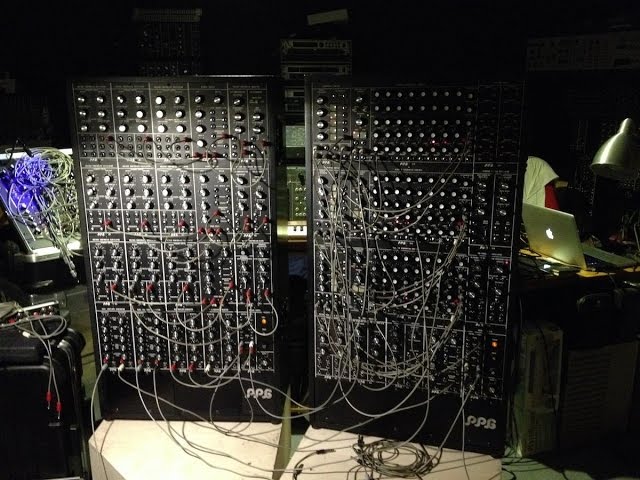

Wolfgang Palm would later go on to revolutionize digital synthesis, but his earlier analog offerings were truly ground breaking, and a rare find today!

UVI Focus
- UVI Focus - Throwback 2025 - Sometimes, we just want to rewind
- UVI Focus - Augmented Choirs: A Vocal Odyssey Between Tradition and Innovation
- UVI Focus - Creating Immersive Experiences: The Power of Post Production and Foley Sound Design
- UVI Focus - Behind the Sound: The approach powering SonicBundle
- UVI Focus - In conversation with Tonnerre
- UVI Focus - Discover 5 reasons why you need Mosaiq
- UVI Focus - A look at our most celebrated products
- UVI Focus - Rediscover iconic sounds with Doctor Mix
- UVI Focus - Throwback 2024, a year of releases
- UVI Focus - The Art of Tape: Tape Suite and the Revival of analog Techniques
- UVI Focus - Exploring the legends behind Quadra Modular
- UVI Focus - When Creativity Meets Innovation
- UVI Focus - Key Suite's 5 Rare & Unconventional Machines
- UVI Focus - In Conversation with Jean-Claude Chapuis
- UVI Focus - In Conversation With Venus Theory
- UVI Focus - HX-20: Reviving the MS-20 inspiration in 5 timeless tracks
- UVI Focus - In Conversation With Jon Carin
- UVI Focus - 2023 Throwback - A year of inspiration
- UVI Focus - 10 Falcon Power-Features You Should Know
- UVI Focus - Soul Bass & Soul Drums: A Dynamic Duo
- UVI Focus - Synth Anthology 4 - Experiencing Sound Design with MPE
- UVI Focus - The story of KAWAI
- UVI Focus - In Conversation With Antoine Martin
- UVI Focus - Advanced Sound Design Techniques with Falcon Expansions
- UVI Focus - Phasor: The Story of a Mythical Effect
- UVI Focus - 5 Key Features of Percussion Factory 2
- UVI Focus - The story of Vintage Vault 4
- UVI Focus - In Conversation With Lou Wiss
- UVI Focus - 7 Hidden Gems of Toy Suite
- UVI Focus - PX Guitar Syn, A Piece of Hybrid-Instrument History
- UVI Focus - In conversation with Jordan Rudess
- UVI Focus - IRCAM & UVI, a successful pair
- UVI Focus - Behind-the-scenes of Soul Drums
- UVI Focus - Deep Dive into Synth Anthology 4's modular rarities
- UVI Focus - Deep dive in Falcon's 'Texture' Oscillator
- UVI Focus - In conversation with Simon Stockhausen
- UVI Focus - Deep dive in World Suite 2's Oriental Ensemble
- UVI Focus - Exploring Key Suite Bundle Edition
- UVI Focus - Behind-the-scenes of Walker 2
- UVI Focus - In action with Dual Delay X
- UVI Focus - In action with Shade
- UVI Focus - In conversation with Guillaume Roussel
- UVI Focus - Behind-the-scenes of Augmented Orchestra
- UVI Focus - Behind-the-scenes of UVI



